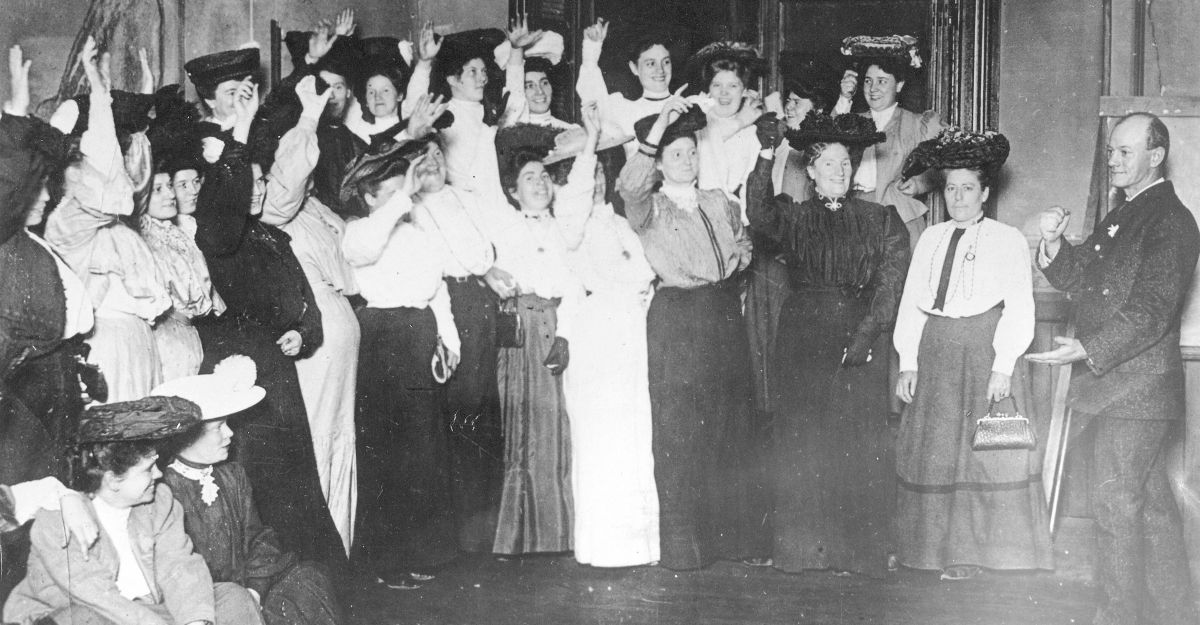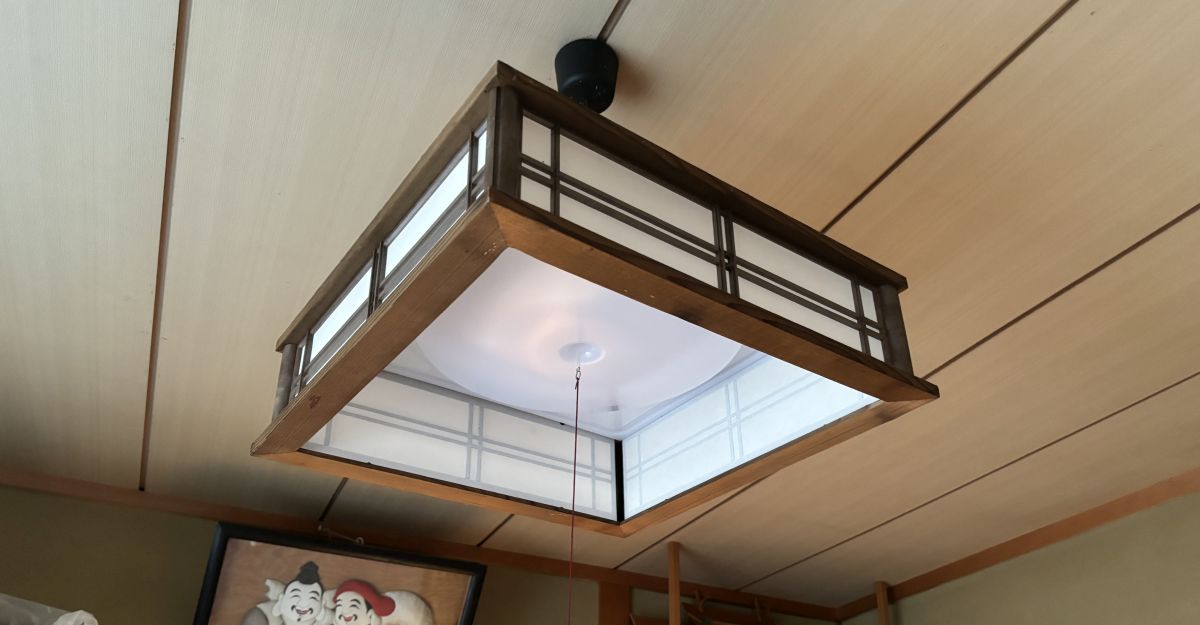On the flight to Auckland, I watched Snow White and the Huntsman, a film made more famous for its leading lady’s alleged affair with its director than its cinematic success. The lead was none other than Kirsten Stewart, famed star of the Twilight franchise, which caused Twihards to collectively wail, gnash their teeth and post their meltdowns on YouTube. The film itself is a kind of Tolkienesque adventure that owed as much to the imaginative universe of a roleplaying game as to the fairytale on which it was based.
Indeed, the film will always be undercut by the pervasive irony that Charlize Theron’s statuesque beauty as the evil queen – even as she ages – will forever outshine Kirsten Stewart’s pixie-ish prettiness. This is a matter of charisma and acting skill as much as a matter of stereotypical attractiveness. The former commands the screen with grace; like a true star, she inexorably draws the viewer’s eye. By contrast, Stewart’s rousing ‘William Wallace-style’ speech at the end of the second act seems to come from a teenager playing dress-ups. At no stage are we ever under any threat of believing the mirror when it answers the queen with, ‘There is one fairer than you.’
In other words, the film can’t live up to its own conservative ideology, an unexamined beauty myth that’s hard to stomach. But in its Tolkien-like aspects, it was appropriate enough a beginning for a visit to a land advertising itself as ‘Middle Earth’.
When we arrive, we pass under a carved Maori archway. We will see them periodically through the journey: more than a secret history; less than the county’s national culture.
But to a Melburnian, Maori culture seems ubiquitous compared to that brave but marginalised Aboriginal culture that survives in my hometown.
The Hobbit: An Unexpected Journey premiered on 27 November in Wellington. The association of New Zealand and Middle Earth is itself ironic, for Tolkien’s idyllic Hobbiton is the province of simple-minded folk. In the novels (but mercifully not the films), our heroes return from the war (read: Second World War), like classic conservatives to find – horror of horrors – the Labour Party (ahem, Saruman’s ‘sharers’) are in power. As anarchist fantasy writer Michael Moorcock has pointed out, in its anti-urban, anti-technological stance, The Lord of the Rings is ‘Epic Pooh’.
Moorcock explains, Tolkien ‘sees the petit bourgeoisie, the honest artisans and peasants, as the bulwark against Chaos. These people are always sentimentalised in such fiction because, traditionally, they are always the last to complain about any deficiencies in the social status quo.’ Ho continues:
It is Winnie-the-Pooh posing as an epic. If the Shire is a suburban garden, Sauron and his henchmen are that old bourgeois bugaboo, the Mob – mindless football supporters throwing their beer-bottles over the fence the worst aspects of modern urban society represented as the whole by a fearful, backward-yearning class for whom “good taste” is synonymous with “restraint” (pastel colours, murmured protest) and “civilized” behaviour means “conventional behaviour in all circumstances”. This is not to deny that courageous characters are found in The Lord of the Rings, or a willingness to fight Evil (never really defined), but somehow those courageous characters take on the aspect of retired colonels at last driven to write a letter to The Times and we are not sure – because Tolkien cannot really bring himself to get close to his proles and their satanic leaders – if Sauron and Co. are quite as evil as we’re told. After all, anyone who hates hobbits can’t be all bad.
 Karangahape road is lined with cheap ‘convenience stores’ and porn shops. A strip-joint called Las Vegas Strip Club features a painted picture of a naked woman lounging on some unseen piece of furniture. ‘The Vegas Girl’, as she is named, seems to be caught mid-crawl, her buttocks jutting unnaturally in the air in a way that would immediately raise the hackles of my physio. But she is not glamorous, for the paint in which she is depicted is stripping from the wall.
Karangahape road is lined with cheap ‘convenience stores’ and porn shops. A strip-joint called Las Vegas Strip Club features a painted picture of a naked woman lounging on some unseen piece of furniture. ‘The Vegas Girl’, as she is named, seems to be caught mid-crawl, her buttocks jutting unnaturally in the air in a way that would immediately raise the hackles of my physio. But she is not glamorous, for the paint in which she is depicted is stripping from the wall.
This is not Hobbiton, apparently.
Hobbiton, it turns out, is in the region of Matamata and you can tour the film set for a hundred dollars or more.
I want to visit the set. I do work in film, after all, I tell myself. But the price is too steep. No number of stories about Elijah Wood falling down sinkholes or cracking jokes with hobbitish bonhomie will do it. Anyway, there is something vaguely dissatisfying about learning the behind-the scenes stories of a film. You can never watch it with a suspension of disbelief. Instead, you find yourself ruminating melancholically about the twenty-seven animals that allegedly died during the making of it.
That kind of thing just doesn’t happen in Hobbiton.
New Zealand has not ridden out the GFC with the same surety as Australia. They have sheep. We have mining. Auckland’s run-down quality is offset, though, with old houses of regal beauty. A half-day trip to the former island of Devonport confirms it. An old-timer called Ray drives us around in a minibus. His everyday commonsense recalls an earlier time and a gentle simplicity long lost from the great metropolises of the world. Indeed, he’s not so far from Frodo’s loyal companion Sam Gamgee: an unworldly type whose horizons seem to span as far as the piers over the bay in Auckland. His knowledge of Devonport is encyclopedic; one can imagine him staring with suspicion at the exotic ways of New Yorkers.
As she races down Queen St, a woman is crying. She has the look on her face of someone bereft with her lot. She doesn’t try to hide her tears; this suggests that they are an everyday occurrence.
Later, L says, ‘She looked like she’s had a rough life.’
In Rotorua, we watch Once Were Warriors, a film still as powerful today as when it was released. The receptionist who gives it to us emphasises, ‘It’s a film about domestic violence in any culture. Not just Maori culture.’ He’s keen to ensure we don’t interpret it as racist.
L says of the actor Temuera Morrison, who plays the charismatic and violent Jake, ‘I’ve seen him before in something.’
At first we think it might have been in the Lord of the Rings trilogy. Maori played some of the orcs, in a kind of inverse Orientalism to that featured in Avatar.
But later I discover it was in the latest Star Wars movies. No wonder he was hard to remember.
When I return the DVD the following day, the receptionist repeats, ‘It’s a film about domestic violence in any culture, not just Maori culture.’
Wellington has renamed itself ‘The Middle of Middle Earth.’ Huge billboards and flapping flag-advertisements look down ominously over the city. A grand model of Gandalf dominates the facade of the cinema. The shops are already filled with merchandise from the film.
We meet D – G joins us slightly afterwards – for a drink at an unpretentious bar in Newtown.
D holds up three fingers. ‘I’m one of the three people in Wellington who don’t like The Hobbit.’
He explains that the film had been made against the background of a conflict between director Peter Jackson and the actors union (The Media, Entertainment and Arts Alliance), who claimed that actors might be employed on inferior non-union contracts.
An enraged Jackson had said of the Australian-based union: ‘I can’t see beyond the ugly spectre of an Australian bully-boy using what he perceives as his weak Kiwi cousins to gain a foothold in this country’s film industry. They want greater membership, since they get to increase their bank balance.’
There were claims the film would have to move offshore. There were pro-Hobbit rallies.
D objects to the fact that New Zealand is being advertised as Middle Earth. ‘If you want fantasy,’ he says, ‘there’s plenty of Maori myths which are fantastic! But no – we’re “Middle Earth!”’
When we fly out, Wellington airport’s baggage claim has been transformed into ‘Baggins Services’. The conveyor belt runs around a mock-image of Bag End, the home of Bilbo Baggins.
On the flight home, I watch Madagascar 3: Europe’s Most Wanted, the third film in a series about a group of animals that have escaped from the New York Zoo. Thinking they were happiest back in the Zoo, they aim to return.
But by the time they arrive, they come to understand that in truth they were most alive when they lived out in the wider world, far away from the narrow confines in which they had always felt safe.
When they returned, they found that Hobbiton was always a myth.







